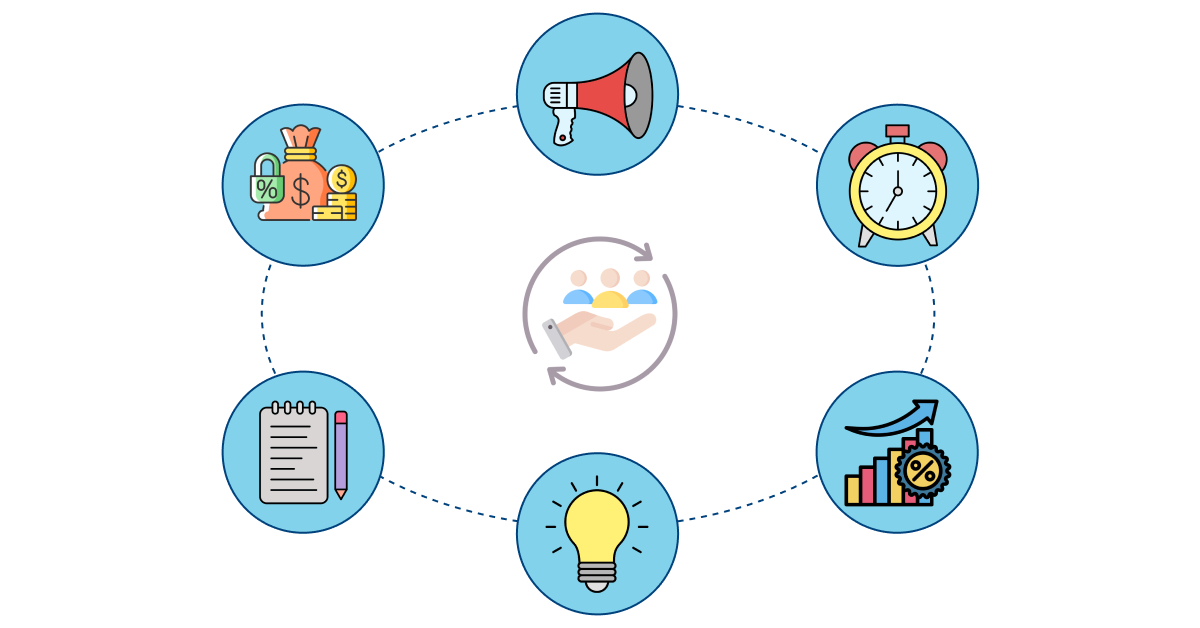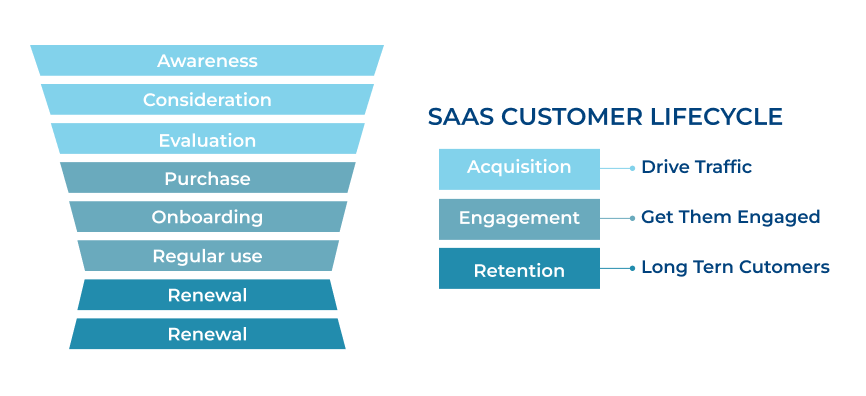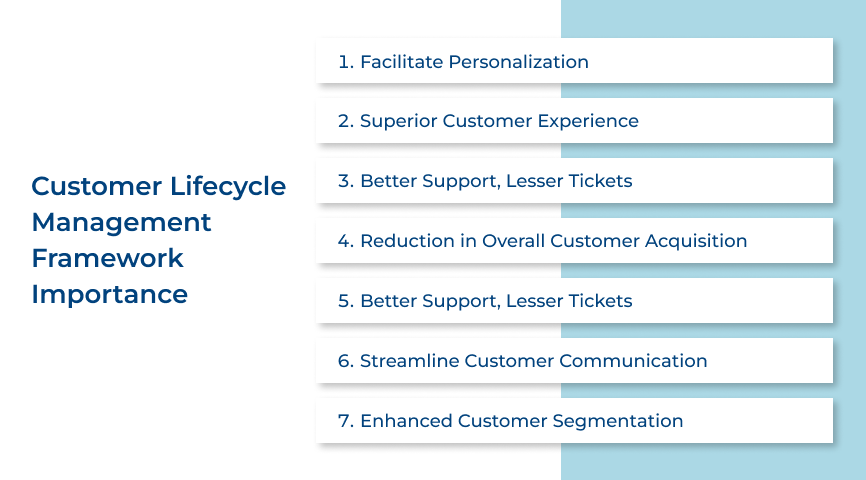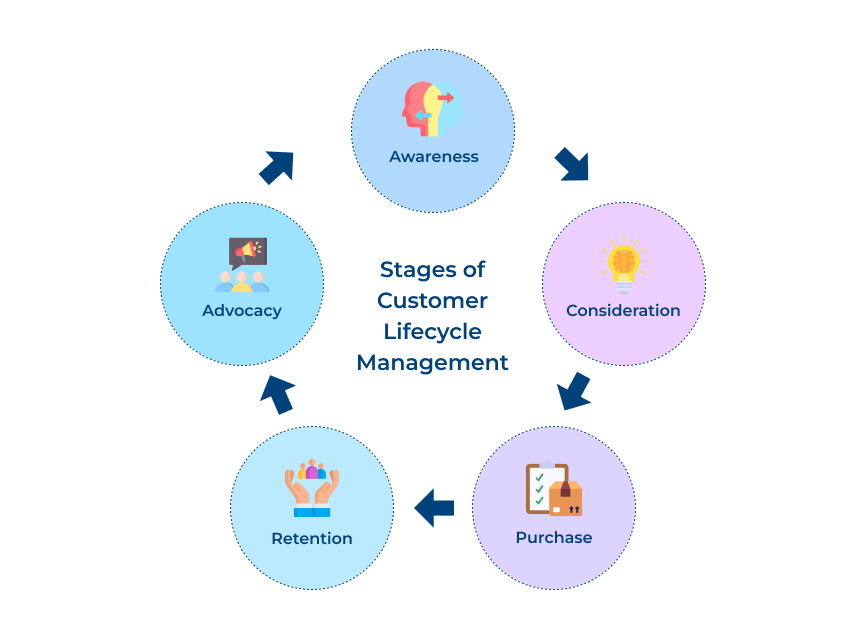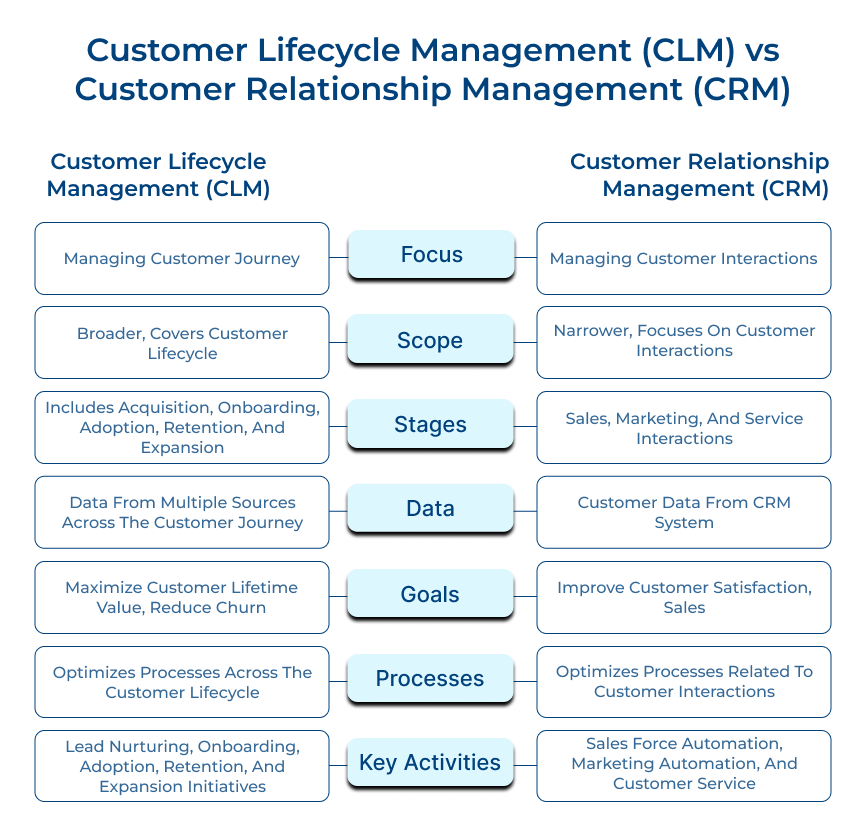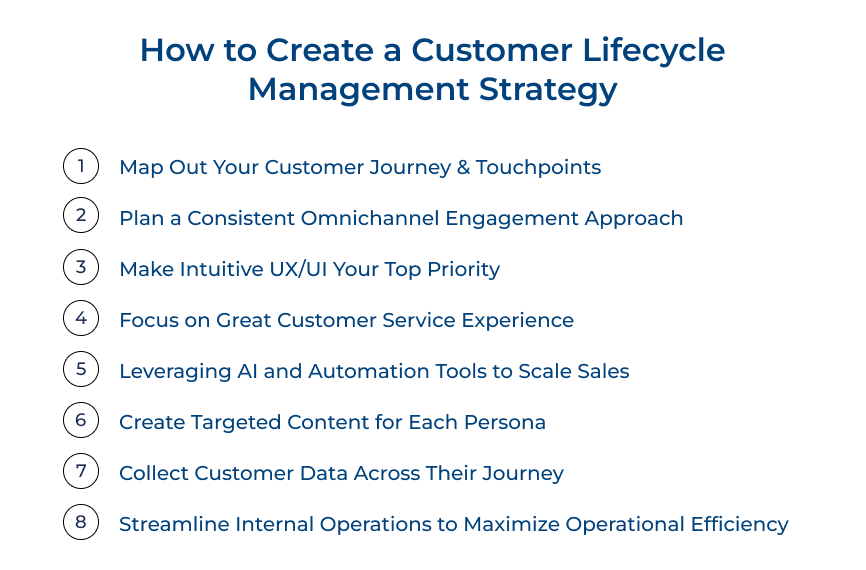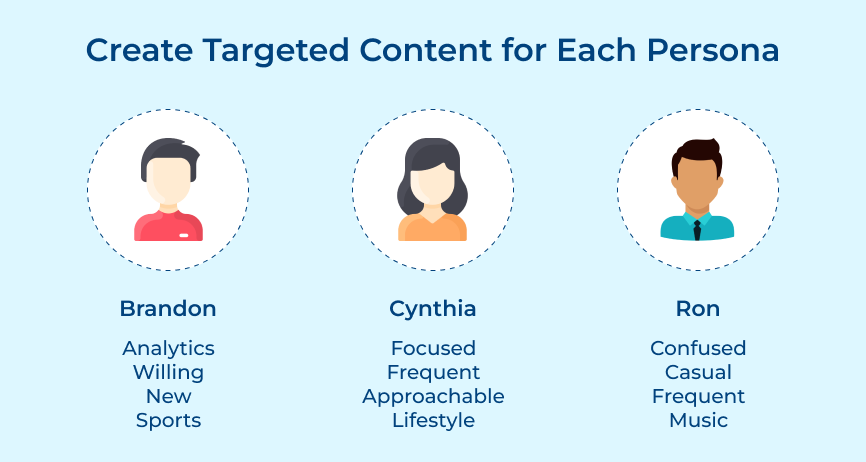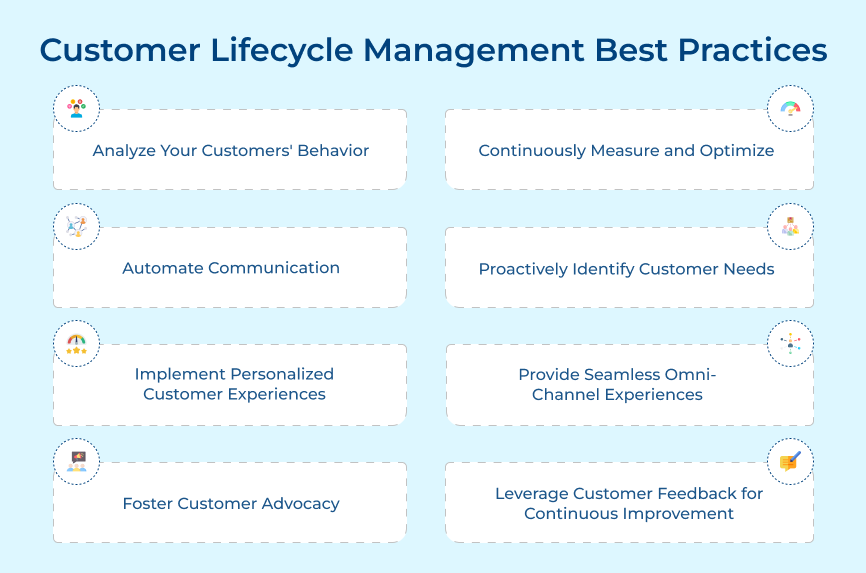1. Analyze Your Customer’s Behavior
Understanding your customers’ behavior is crucial for customer lifecycle management. Analyzing the interactions, preferences, and buying patterns of the customers allows the business to tailor its marketing, sales, and support efforts accordingly. Utilize customer analytics tools to gain insights into their browsing habits, purchase history, and engagement with your brand. The data can help you segment your customer base, personalize communication, and deliver targeted offers.
Imagine a situation of a clothing retailer that analyzes customer behavior and discovers that a significant number of customers who purchase winter coats also buy winter accessories. Armed with this knowledge, the retailer creates personalized email campaigns, offering discounts on winter accessories to customers who recently purchased a coat, thereby increasing upsell opportunities.
2. Automate Communication
Automation plays a vital role in client lifecycle management. By automating communication, you can ensure consistent and timely interactions throughout the customer journey. 19% of content marketing teams use marketing automation platforms. Use marketing automation platforms to send personalized emails, trigger automated follow-ups, and deliver relevant content based on customer actions or milestones.
Consider the scenario where an e-commerce business implements automated email workflows for its customer lifecycle stages. When a customer makes their first purchase, they receive a welcome email with personalized recommendations. After a certain period, if the customer hasn’t made a subsequent purchase, they receive a re-engagement email with a special offer to incentivize repeat business.
3. Implement Personalized Customer Experiences
Delivering personalized experiences throughout the customer lifecycle helps build stronger relationships and promotes loyalty. Tailor your messaging, offers, and support based on individual customer preferences. Personalization makes customers feel valued, increases engagement, and drives conversion rates.
Consider an example of a software company that personalizes its onboarding process for new customers based on their industry and use case. Providing industry-specific tips and showcasing relevant features will allow the company to provide a seamless onboarding experience. The approach increases customer satisfaction, accelerates time-to-value, and reduces churn.
4. Promote Customer Advocacy
Turning satisfied customers into advocates is a powerful strategy for client lifecycle management. Encourage customers to share their positive experiences and refer others to your business. Implement referral programs, provide incentives, and offer exceptional customer service to generate positive word-of-mouth. Companies with strong customer advocacy programs have a 35% higher retention rate.
Think of a telecommunications company that creates a customer referral program where existing customers receive a discount on their bill for every successful referral. It incentivizes customers to recommend the company to their friends and family.
5. Continuously Measure and Optimize
Businesses must continuously measure, analyze and optimize their efforts to ensure the effectiveness of the customer lifecycle management strategies. Use key performance indicators (KPIs) such as customer satisfaction scores, retention rates, and customer lifetime value to track the success of your customer service lifecycle initiatives.
Let’s take the example of an online subscription service that tracks customer churn rates and discovers a significant drop in subscribers after the free trial period ends. They implemented a proactive email campaign during the trial period, providing additional support, tips and incentives to encourage subscription conversion.
6. Proactively Identify Customer Needs
Businesses must proactively identify and address customer needs to effectively manage the customer lifecycle. Implement tools such as surveys, feedback forms, or customer interviews to gather insights and understand pain points. Proactively addressing customer needs allows you to build stronger relationships, enhance customer satisfaction and drive loyalty.
Imagine there’s a software company that regularly conducts customer satisfaction surveys to understand its users’ experience and identify areas for improvement. Based on the feedback received, they implement new features and updates that directly address customer pain points. The approach results in increased customer retention and positive word-of-mouth.
7. Provide Seamless Omni-Channel Experiences
Today’s customers interact with businesses across various channels, including websites, mobile apps, social media, and more, It’s crucial to provide a seamless omnichannel experience to excel in the customer lifecycle management framework. Ensure consistency in messaging, branding, and customer service across all touchpoints to create a unified customer journey.
